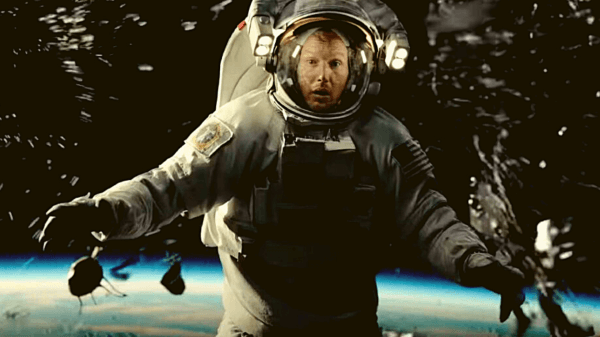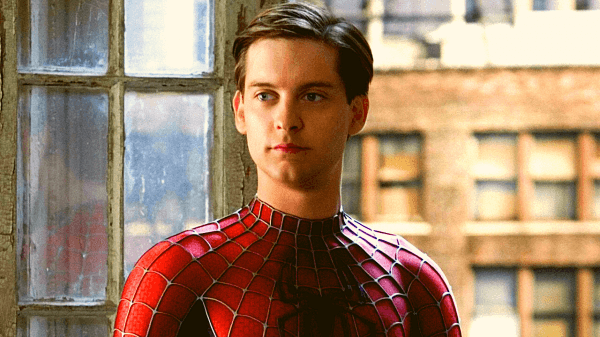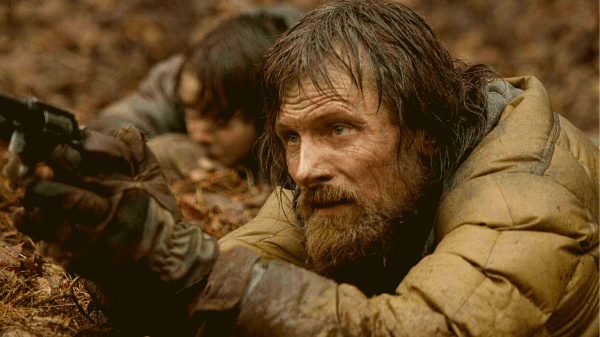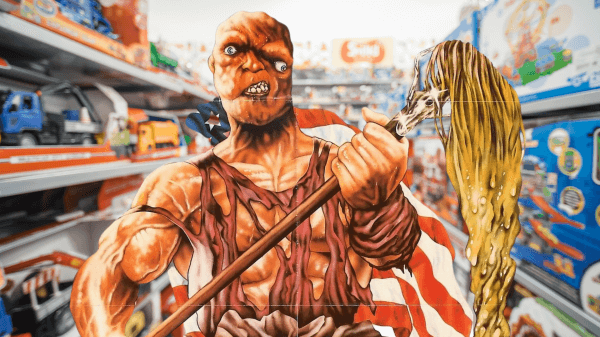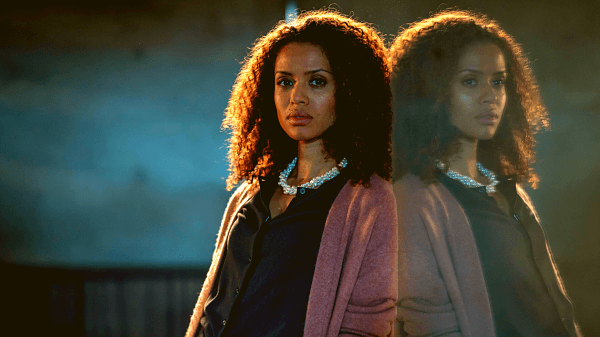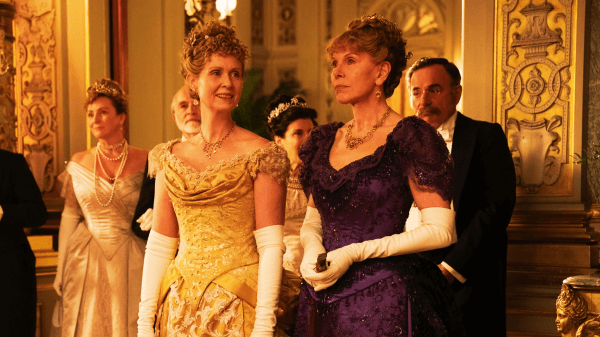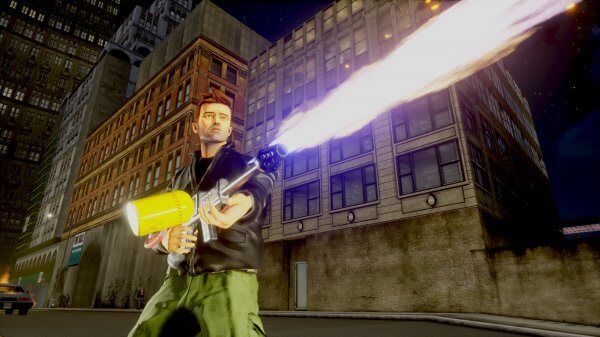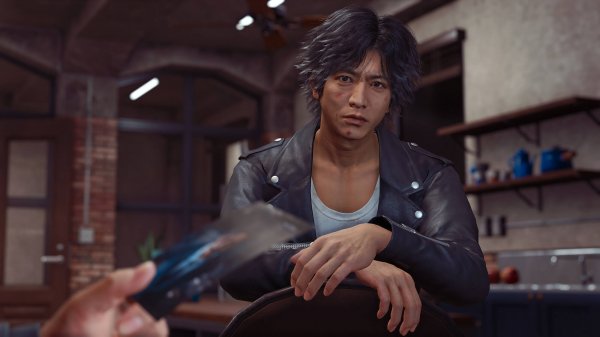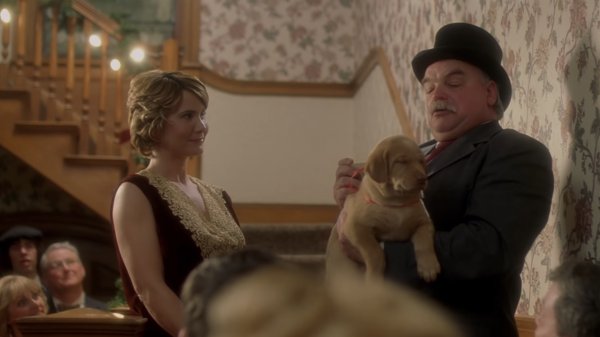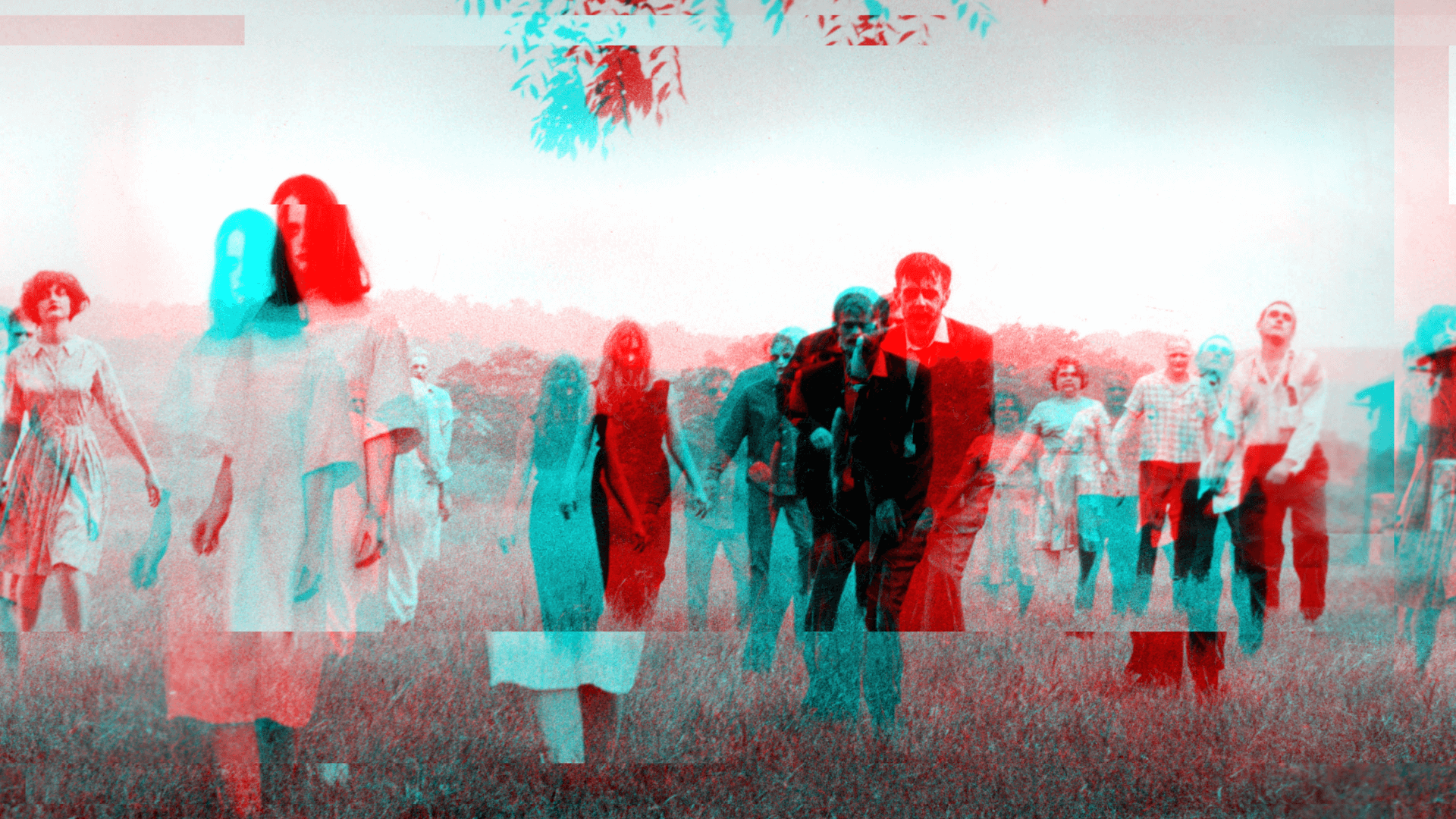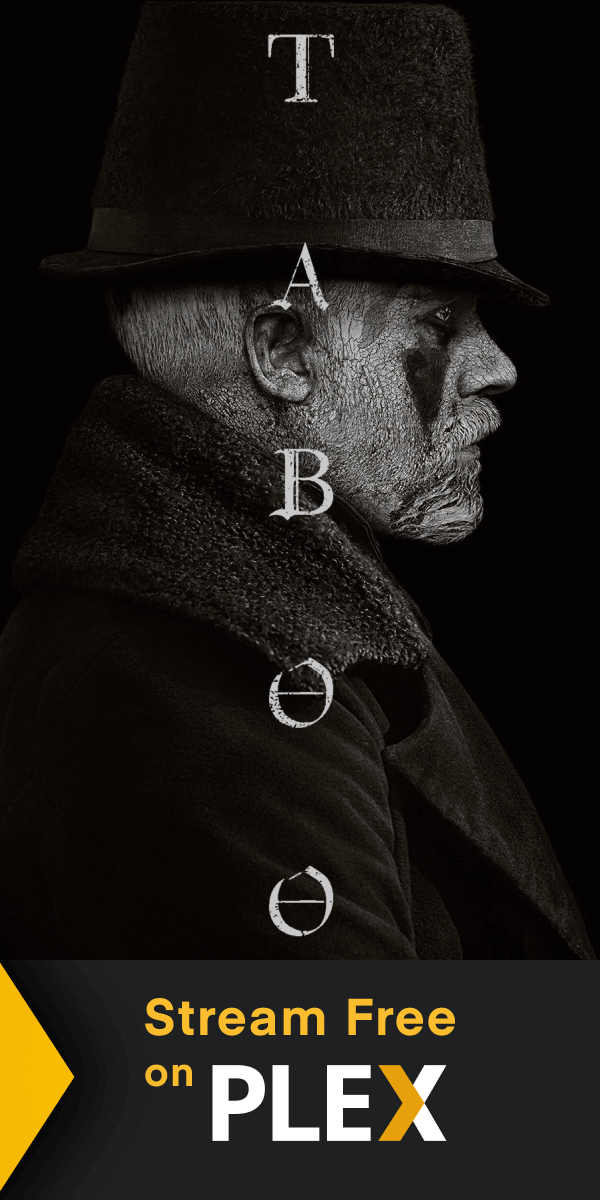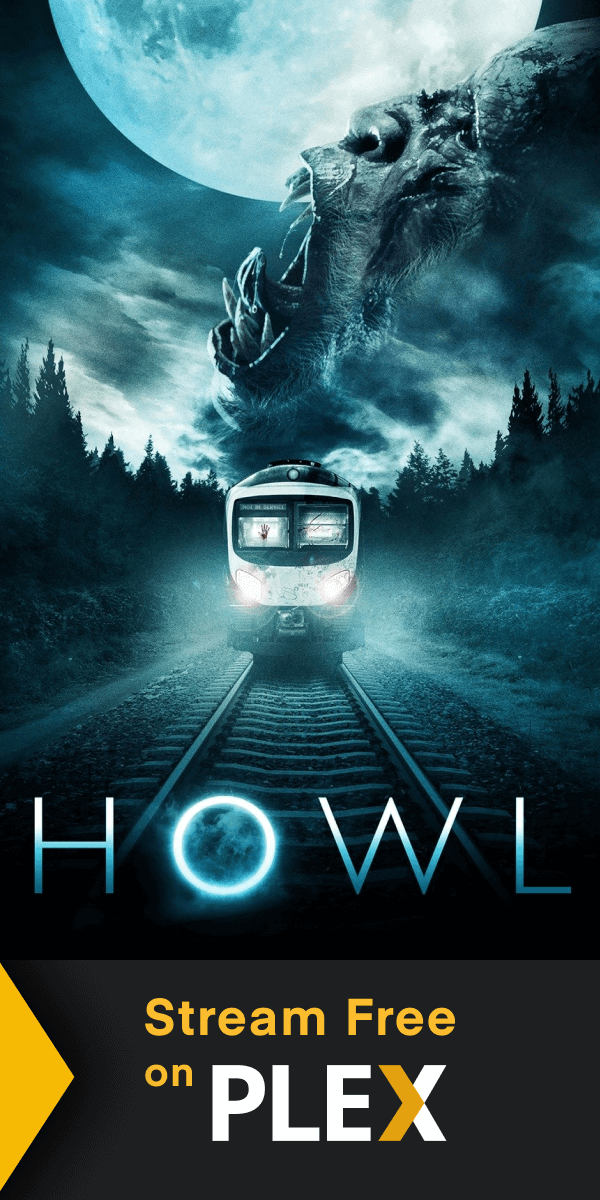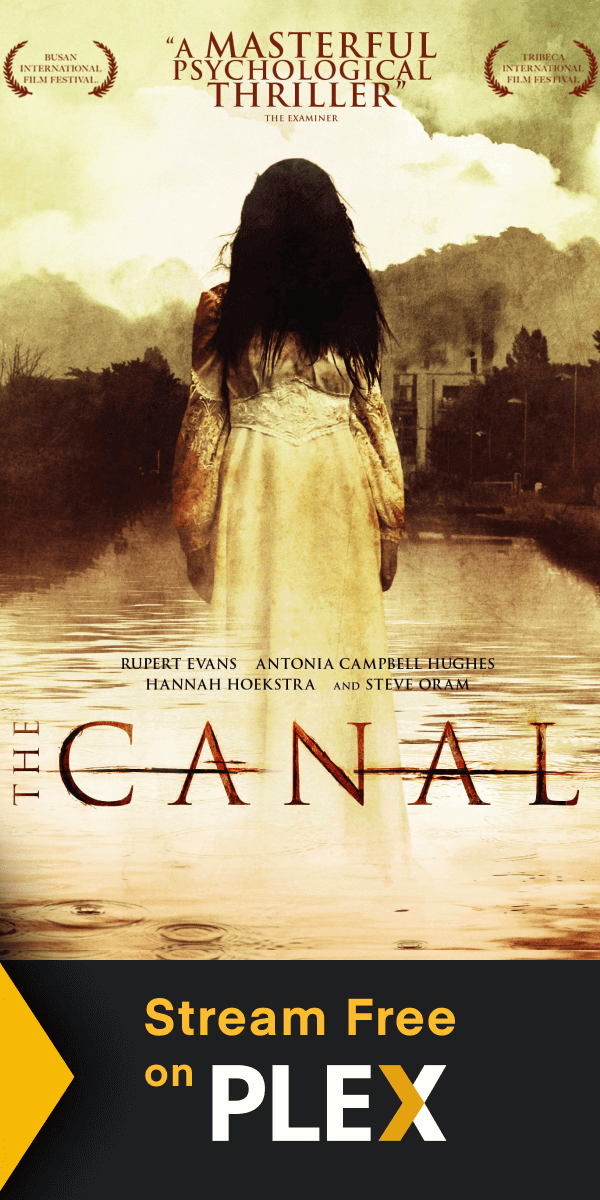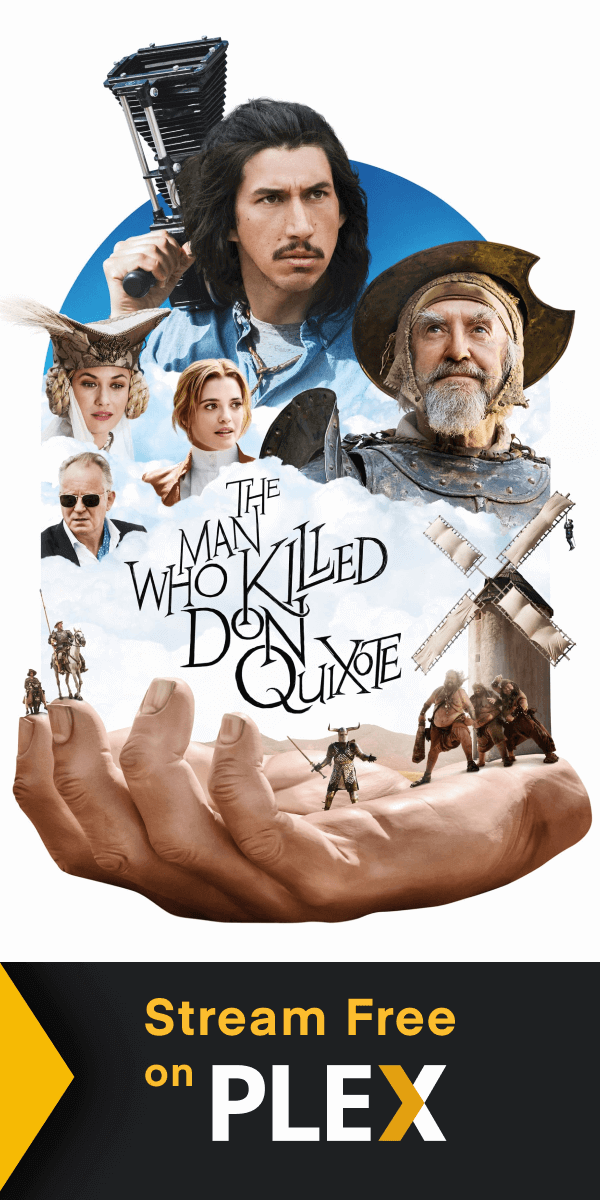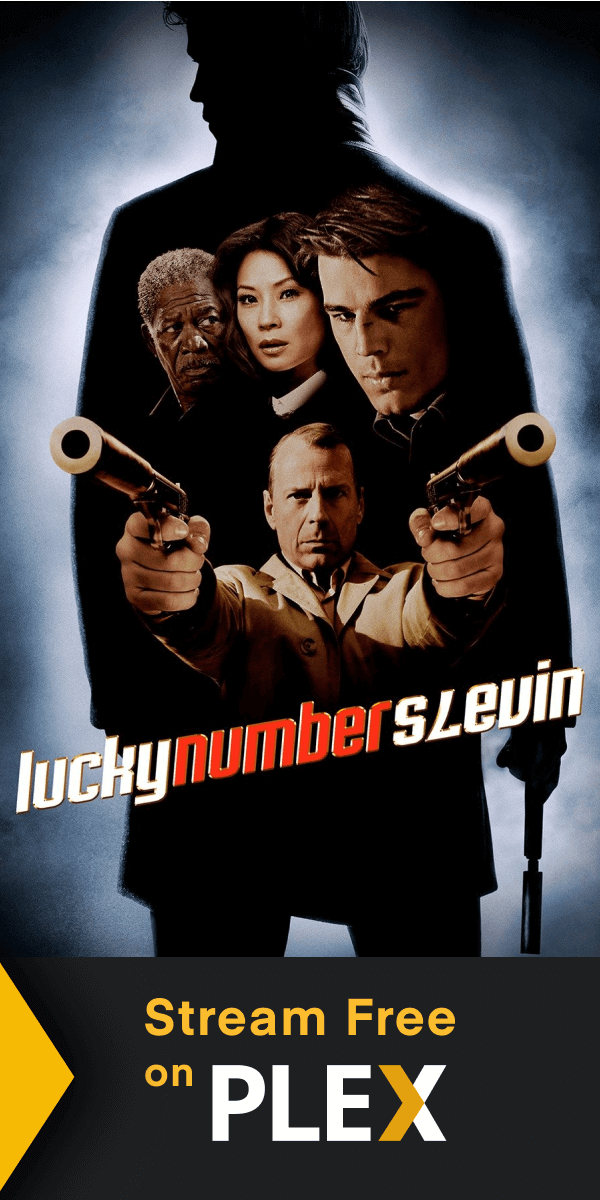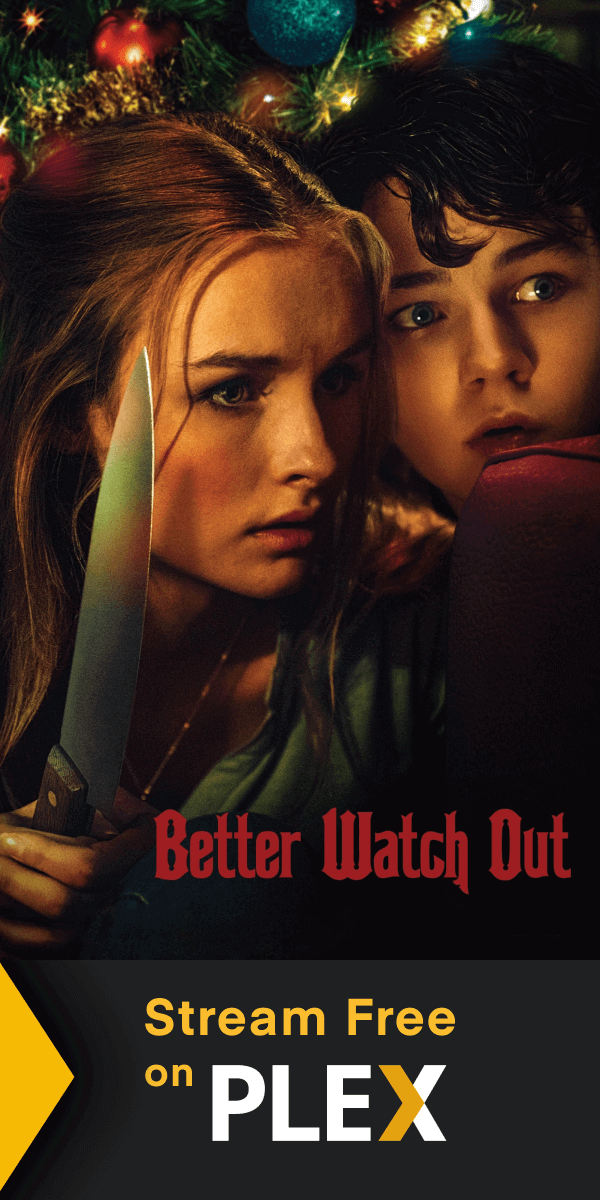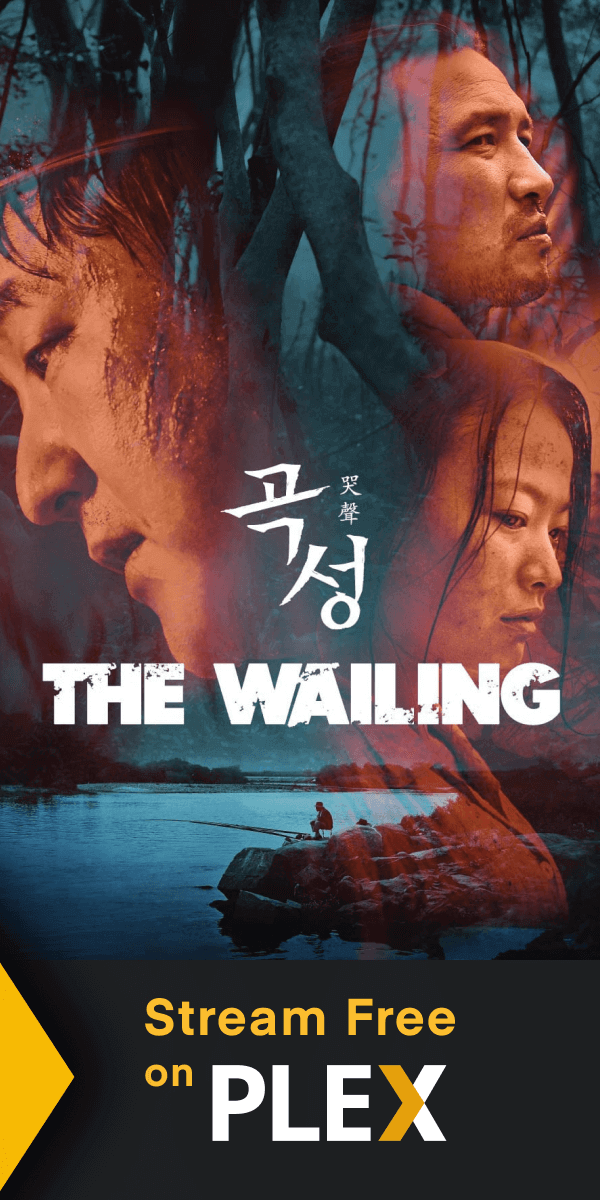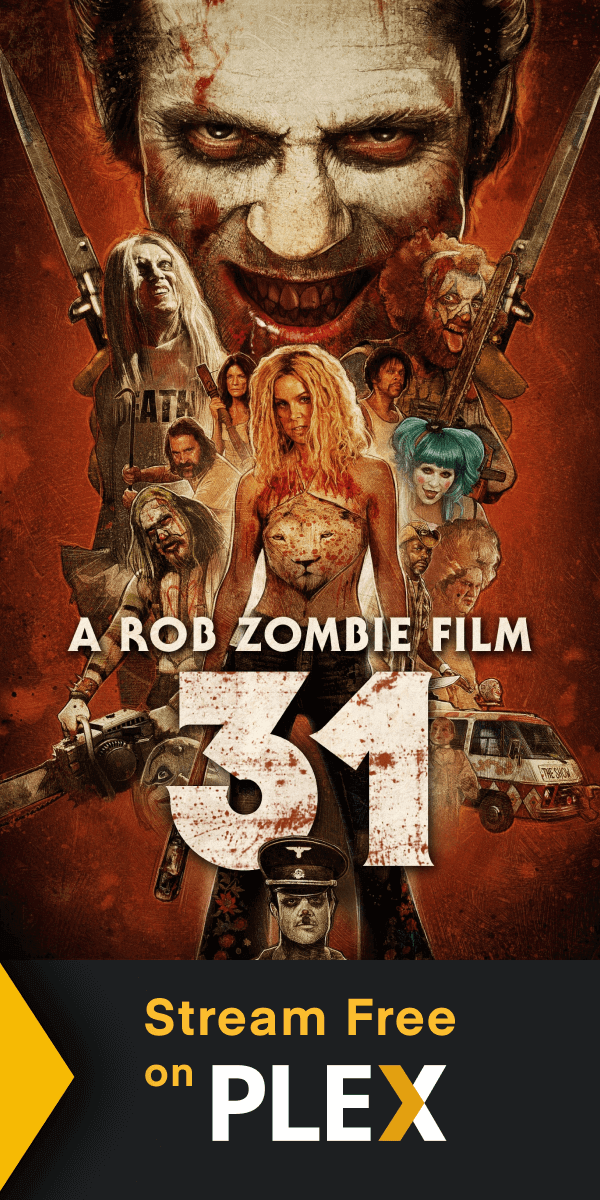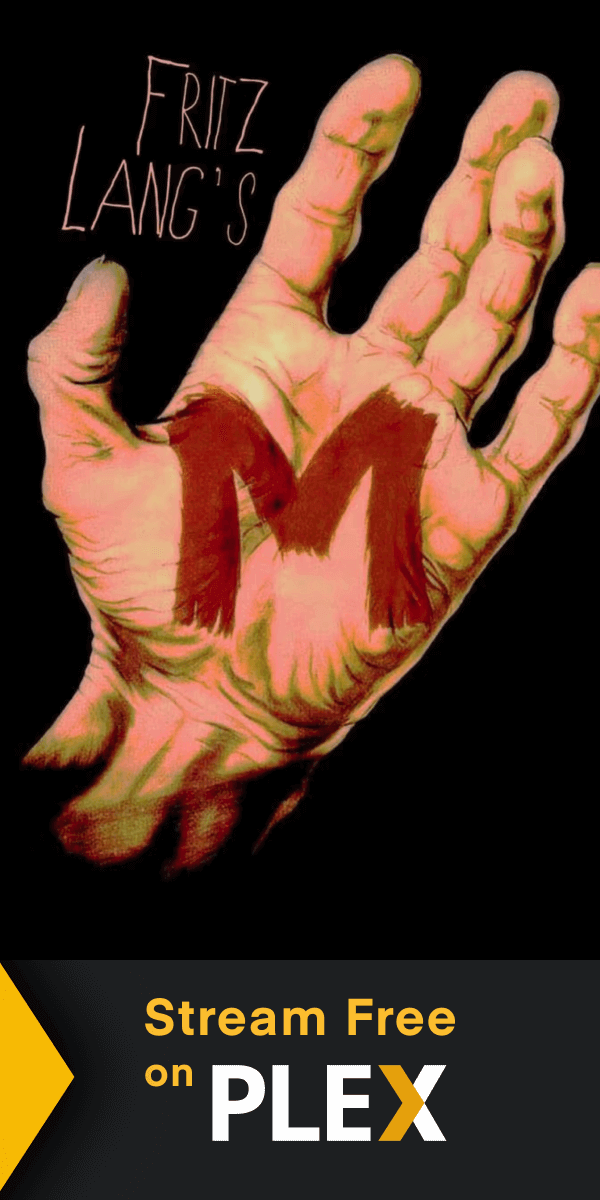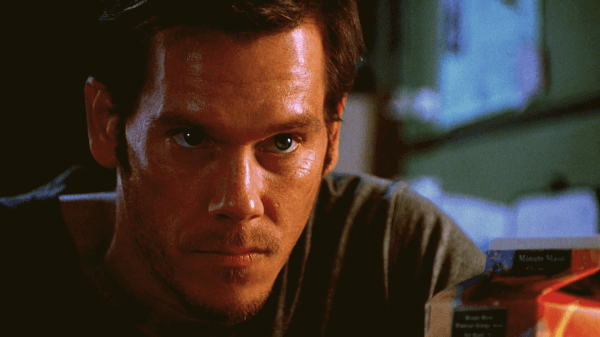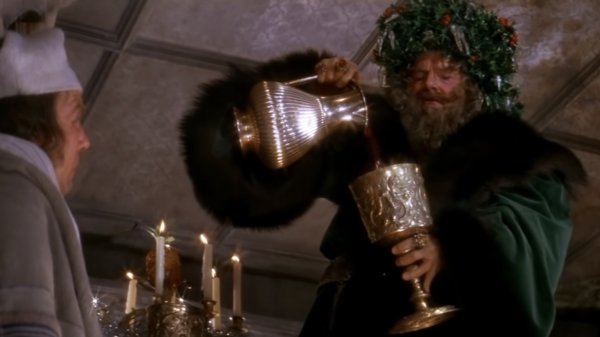This October I looked out my window and saw a man bleeding out.
The flashing blue and red lights from the alley painted my apartment purple. My immediate assumption was that he had passed out or overdosed. That was until the first responders cut his clothes away.
He was 48 years old. No fixed address. His stab wounds were fatal. A week later an arrest was made in the case.
As a tradition, my wife and I spend every night in October watching a different horror movie. On the night of the stabbing, we had finished the newly released Halloween Kills. This most recent entry in the franchise clumsily depicts how senseless violence poisons communities and fear leads to mass panic and mob violence. Of course, this is well-trod territory when it comes to horror films.
In college, I knew this art professor — the kind of person you can tell is an art professor just by looking at her. My friends would often babysit her daughter, and when she returned home at night I would get texts inviting me to come hang out, but pick up a pack of cigarettes on the way.
Interestingly, this professor grew up around Pittsburg where George A. Romero’s seminal horror movie, Night of the Living Dead, was filmed. She claimed to know the young woman in the film who portrayed Karen Cooper, the child-turned-zombie who murders and eats her parents on screen. According to the professor, horror convention attendees would ask the former child zombie to bite their arms so that they could get the teeth marks permanently tattooed on their skin. I’m unaware of if any of these super fans actually had their requests granted.
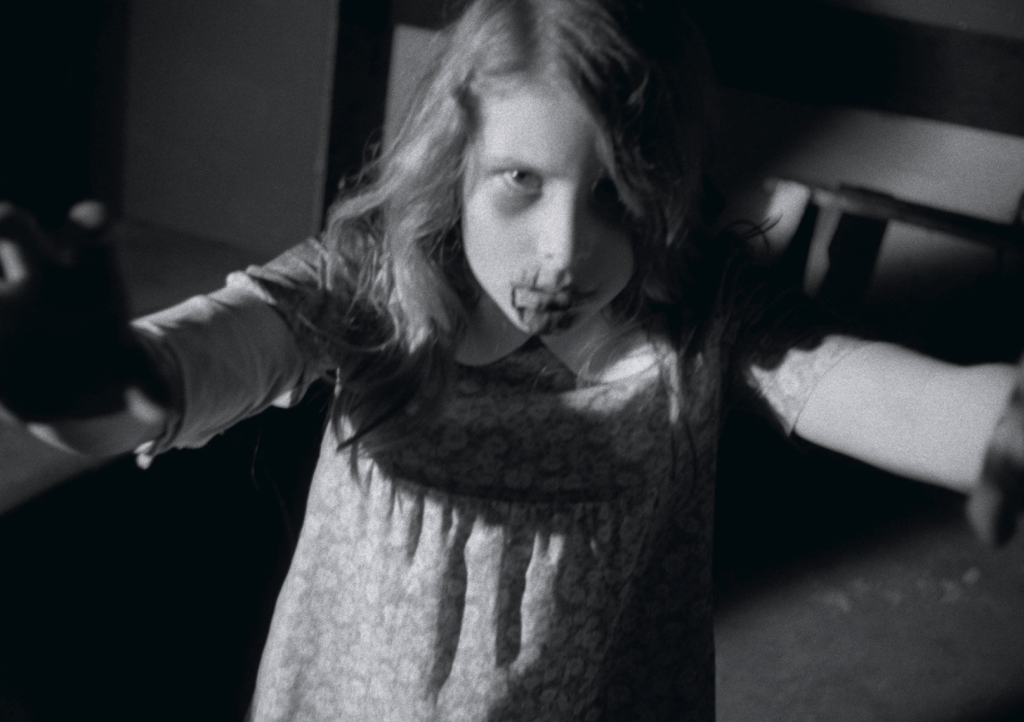 ...
...
The genius of George A. Romero’s film — and the reason why it remains so relevant — is that his walking army of the dead and protagonists’ cutthroat will to survive is open to such broad metaphorical interpretation, whether intentional or not.
“And this is not Transylvania, but Pennsylvania — this was Middle America at war, and the zombie carnage seemed a grotesque echo of the conflict then raging in Vietnam,” wrote Elliott Stein for The Village Voice. “In this first-ever subversive horror movie, the resourceful Black hero survives the zombies only to be killed by a redneck posse, and a young girl nibbles on her father’s severed arm — disillusionment with government and patriarchal nuclear family is total.”
Today Romero’s work and its influence on popular culture remain relevant for a very different reason — the fear of infection.
“Over time, Night of the Living Dead established a paradigm for panic and informed a sizable corpus of fright flicks in which communicability plays a pivotal role,” Richard Harland Smith wrote for Cineaste. “As it was ripped off, remade, referenced, and sequelized, the film’s logline incubated to emerge as archetypal an American narrative as the frontier myth.”
Going through the pandemic, I thought to revisit one of Romero’s lesser-appreciated films, 1973’s The Crazies. Set in western Pennsylvania, The Crazies sees infected residents of a small town suddenly and inexplicably transforming into homicidal maniacs, attacking and murdering their friends and loved ones. It’s later learned that this sudden turn is the result of an experimental bioweapon leaking into the town’s water supply. Military officials begin a coverup with soldiers clad in hazmat suits storming the town. In response, the uninfected begin to fight back against authorities.
According to the Los Angeles Times’ Dennis Lim, “George Romero’s The Crazies has always existed in the shadow of his zombie movies, but this epidemic thriller is perhaps the horror maestro’s most provocative exploration of his great theme: the collapse of social order.”
At the heart of this theme is how quickly we turn on each other. As Lim points out, “The sense of community that typically emerges in a disaster movie is dramatically undermined when the disaster in question is a contagious virus.”
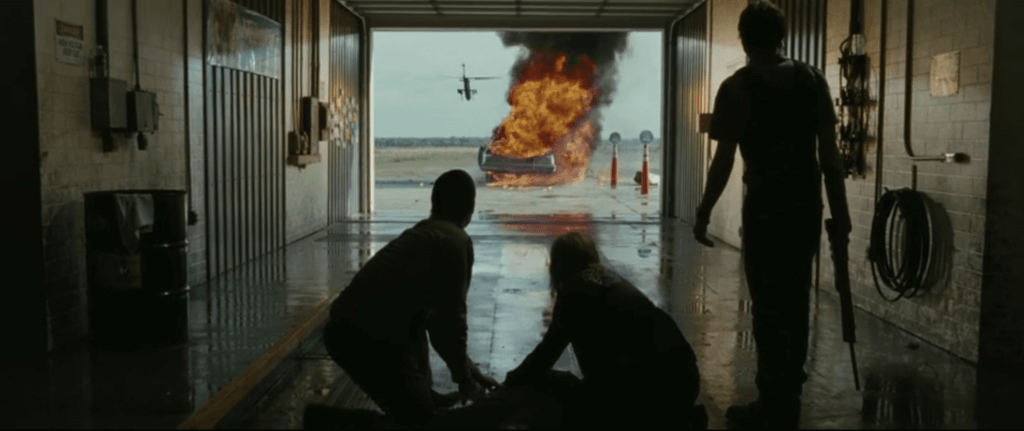
One reason why The Crazies sticks in my mind is that the film’s 2010 remake was partially filmed in and around where I grew up in Middle Georgia. As you can imagine, seeing your hometown plagued by a deadly virus that turns people against one another and erodes all institutional trust is oddly poignant these days.
As I write this, my hometown is expected to surpass its record annual homicide rate, which was set just last year. In many ways, we’re desensitized to a lot of the horrors that we experience. Perhaps a coping mechanism for an overly connected world where you never know what you’ll find.
Meanwhile, the stabbing victim outside my window is one of the 200 homicides to occur in Washington, D.C. this year — a grim milestone last reached in 2003. We surpass this mark as insurrectionists stand trial in the nation’s capital and the lifting of municipal mask mandates is wearily debated across the District.
While horror movies are often forced to take the blame for desensitizing youth and encouraging violence, I don’t think that’s the fault of most shocking or visceral pieces of cinema. Instead it’s more likely that we’re too afraid to accept what these films tell us about ourselves, too petty or stubborn to heed those warnings.
“What the surface of a movie does for most people is provide a roller coaster ride…,” Romero said in a 1982 interview with the journal Film Criticism. “But I believe — and I’ve been attacked for this — I believe that most of the audience really doesn’t care about what may lie underneath or what moral there might be there.”
More on Plex:
Diary of the Dead
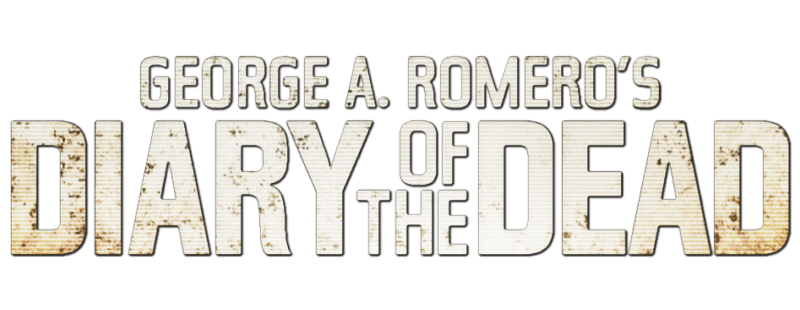
...



